We will use in the future this learning material (developed by students). Our future students can use it to create mosaics independently. It works, the students prepared it together online in this twinspace and then tested it in Seville. Okay, in the future the students can only get to know the "Real Alcázar" with the Power Point presentation and not in nature. See what we did.
Students work together in multinational teams on mosaics
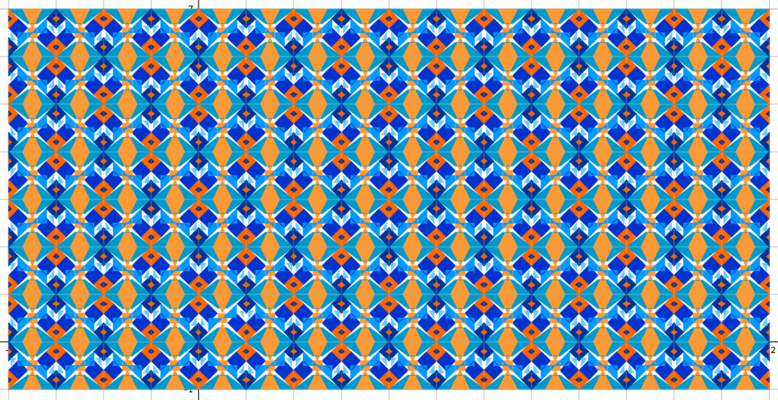
Designed by the students Lisa (Germany) and Minerva (Spain)
Why
That topic was chosen because:
- We can combine matematics, culture and history.
- It would allow us to study relevant mathematical concepts. Namely, isometries on the plane and the classification of mosaics in 17 different groups.
- GeoGebra provides a set of tools to build mosaics easily.
- There are many mosaics in the Real Alcázar of Seville, which allows us to show the history of the building and the city.
How
We did the following activities related to mosaics.
Joint work online
The Spanish students shot self-made instructional videos.
Topic: How mosaics are generated.
And the students created a Power Point presentation "Real Alcázar" (to be found on the page cultural heritage on this twinspace).
The TwinSpace allowed all the students to know what they would do in Seville, so that we could focus on the work on mosaics from the first day.
Working together in Seville
- We introduced our students to plane isometries and showed them that there exists a classification of mosaics in 17 different groups. Then we gave them some time to get used to GeoGebra tools for creating mosaics.
- We visited the Real Alcázar. The students were given a guide with questions about its history and pictures of mosaics. The students had to mark the location of the mosaics on a map find their corresponding group classification.
- The students designed their own mosaics under GeoGebra. They used the tools they were introduced to on the first session together with some ideas they had when visiting the Real Alcázar. For this task we decided that the students would work on their own, with no further indications.
These are the instructional videos of the Spanish students
These are some of the mosaics the students created:
The students created these mosaics on their own. They decided to create a basic pattern and cover the plane using reflections and translations (two perpendicular translations in most cases).
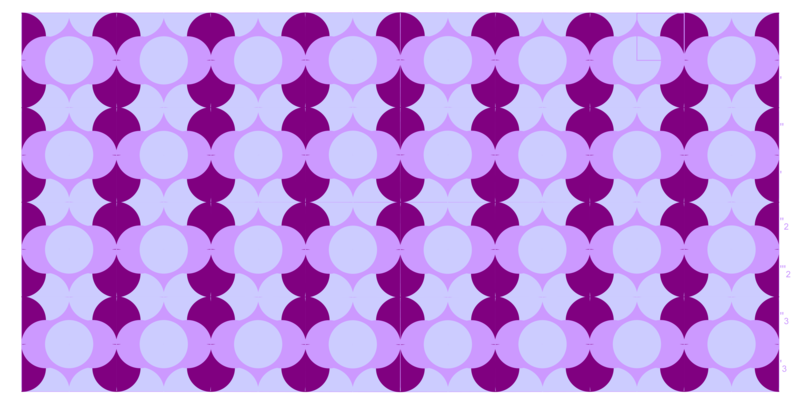
Created by Freeke (Netherland) and África (Spain).
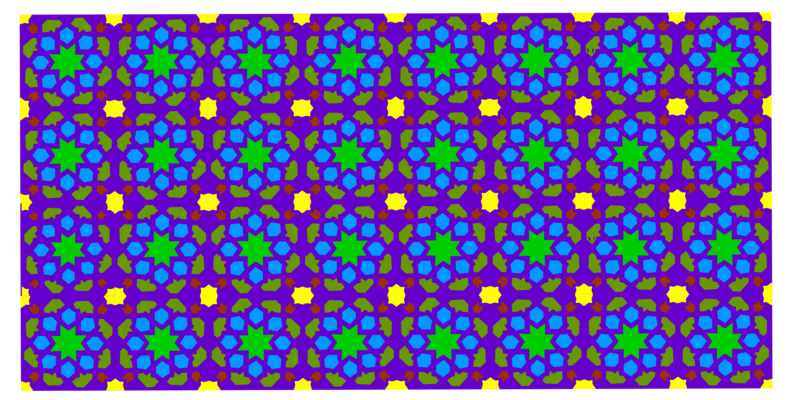
Created by Alessandro Sciri (Italy).
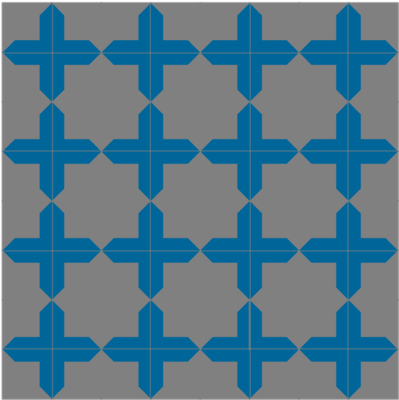
Created by Macarena (Spain) and Petros (Greece).
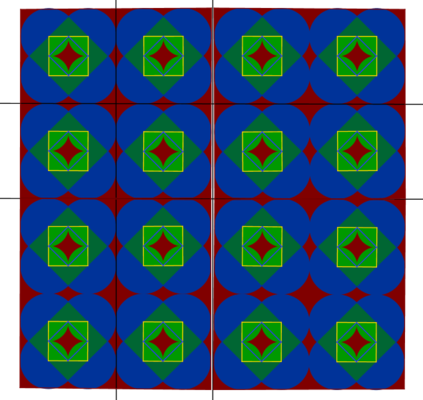
Created by Evelina Zykrach (Spain).
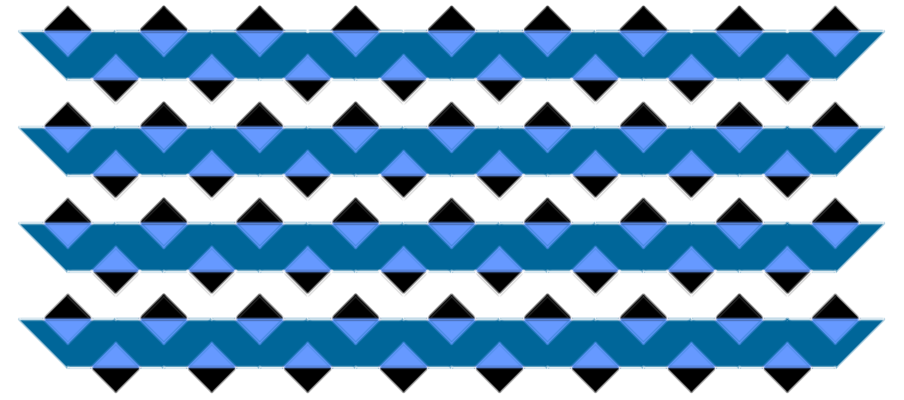
Created by Hilmir (Iceland).
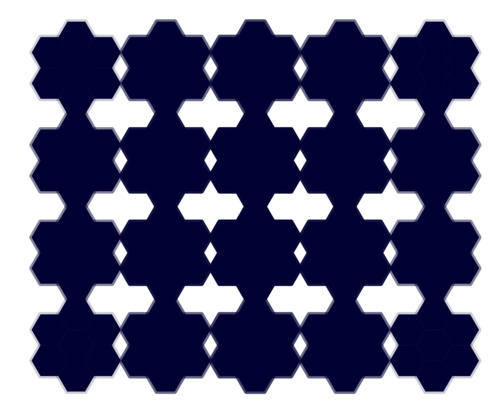
Created by Sophia (Germany) and Josué (Spain).